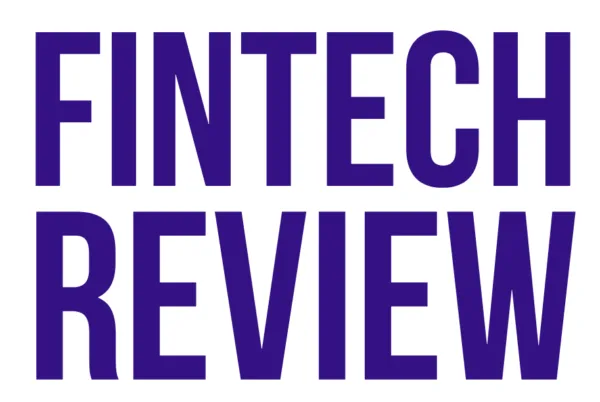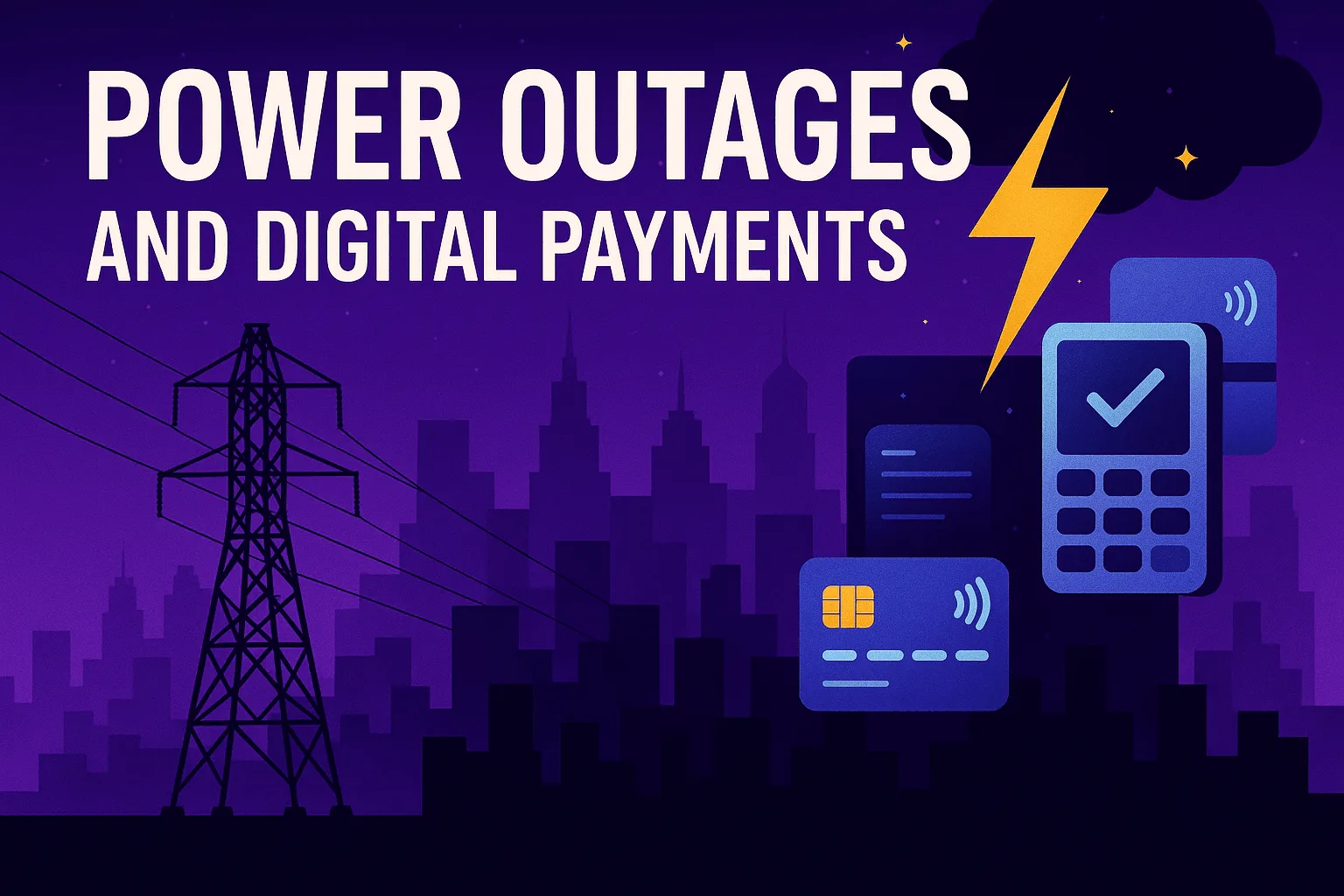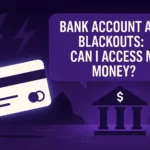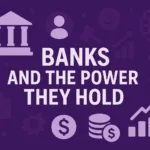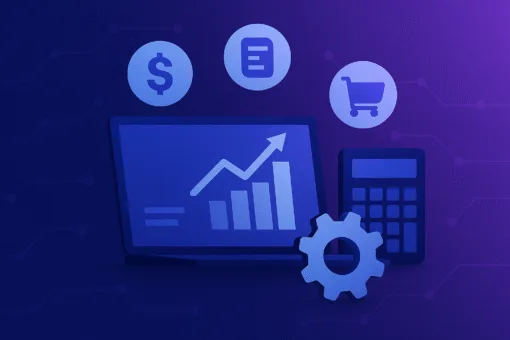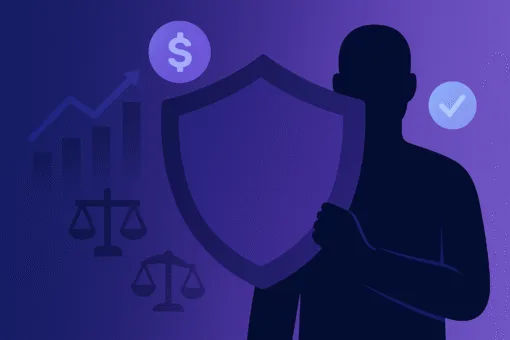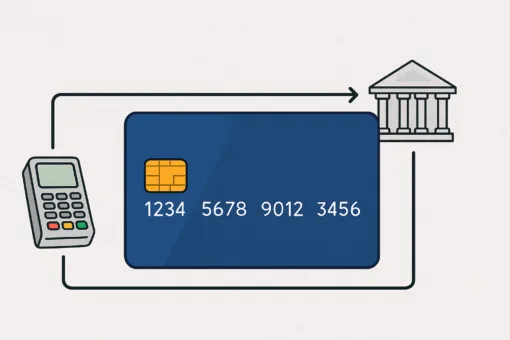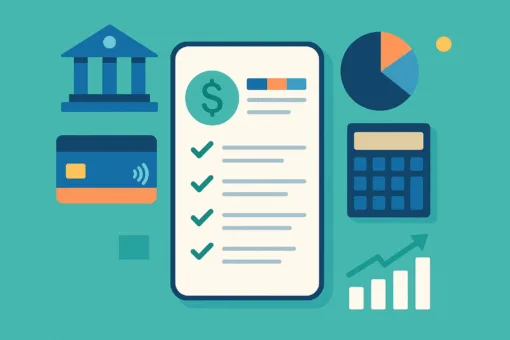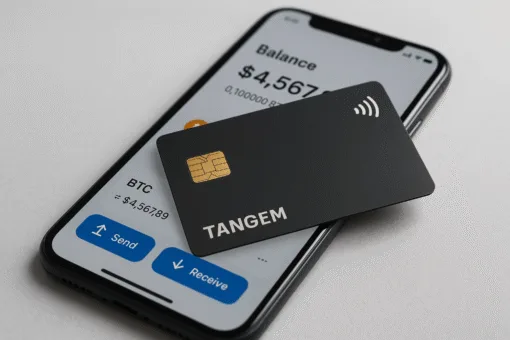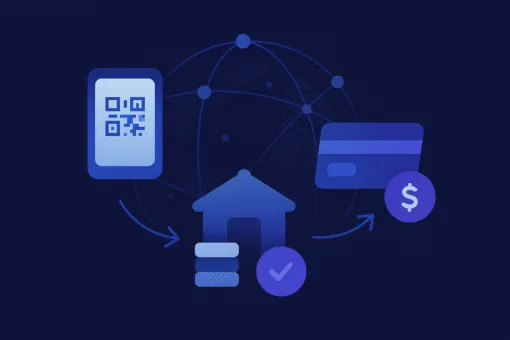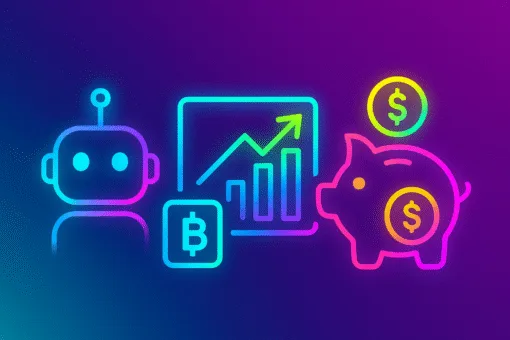In today’s increasingly digital economy, payments rely heavily on technology and electricity. Given the recent events in Spain and Portugal, hit by massive power outage, let’s have a look at what happens in these situations. What to do when the power goes out? How do power outage payments work when shops, banks, and networks lose their connection?
This article is Part 1 of a two-part series exploring how power cuts affect payments and access to banking services. Here we explore how power outages impact digital transactions and what options are available when technology fails.
How a Power Outage Disrupt Payment Systems

During a power outage, many parts of the digital payment ecosystem can fail:
- POS terminals and card readers may shut down
- Wi-Fi routers lose power, cutting off online connectivity
- Mobile payment systems relying on cloud services may become unreachable
- ATMs may lose service or switch into limited functionality modes
When the electricity is out, power outage payments become complicated and sometimes impossible without contingency plans.
Can I pay when there is no electricity?
The answer depends on the business’s setup. If the retailer has backup power, manual systems, or offline card terminals, you might still be able to pay…
Otherwise, you will likely need cash or a fallback solution.
Cash: The Last Line of Defence

When technology fails, cash remains king.
Cash payments do not rely on electricity, networks, or authorisation servers.
During an extended power cut, many small shops revert to accepting cash only.
Consumers who carry cash can continue to purchase essentials like groceries, fuel, and medicine.
Without cash, your ability to pay during a power outage may be severely restricted.
Offline Card Payments: A Limited Option
Some businesses enable offline card transactions that store payment data temporarily. This allows customers to pay using cards even when live authorisation is unavailable.
However, offline payments come with strict limits. Typically, transactions cannot exceed a certain amount, for instance €50 or £50, and businesses carry the risk of declined authorisations later.
Not all merchants offer this service. Before relying on it, check with your regular retailers about their offline payment policies.
Mobile Wallets and NFC Payments

Can you use mobile payments during a power cut?
If the retailer’s terminal is still operational and only the internet is down, NFC-based payments like Apple Pay or Google Pay may still work.
However, mobile payments still rely on the merchant’s system being live.
If terminals, servers, or networks are down completely, contactless mobile payments will also fail.
It is wise to carry physical backup options, such as debit cards or cash, during times of energy instability.
What Businesses Are Doing to Prepare
Many businesses invest in backup solutions to maintain power outage payment capabilities:
- Installing battery-backed POS terminals
- Equipping shops with small backup generators
- Offering limited offline card acceptance
- Training staff to handle manual sales processes
However, smaller retailers may still close during longer blackouts.

Future Technologies for Power Cut Payments
To address power outage payments risks, new technologies are emerging:
- Bluetooth peer-to-peer payment apps that work without internet
- Solar-powered payment terminals for critical services
- More robust dynamic offline authorisation standards for cards
These innovations aim to make digital transactions more resilient when the lights go out.
However, this discussion of power outage payments highlights the need for personal preparedness on the customer side. Keeping some cash and understanding offline payment options can help you continue daily life even when electricity is unavailable.
